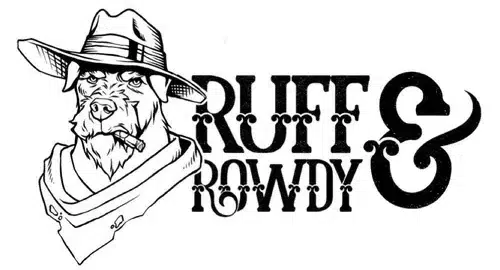What is Luring in Dog Training?
Luring is a positive reinforcement technique used in dog training that involves guiding a dog into performing desired behaviors using a lure, usually a treat or a toy. This method capitalizes on the dog’s natural inclination to follow a reward, shaping their behavior through gentle guidance.
1. Basic Sit Command:
Begin by holding a treat close to your dog’s nose and slowly move it upwards. As the dog follows the treat, their natural response is to raise their head and sit down. Pair this action with a verbal cue like “sit” and reward them when they do.
2. Teaching “Down”:
To teach the “down” command, start with your dog in a sitting position. Hold a treat near their nose and slowly move it down toward the ground. As the dog follows the treat, encourage them to lie down completely. Reward and praise the behavior once accomplished.
3. Training “Come” or Recall:
Use a treat or a favorite toy to lure your dog toward you when practicing the recall command. Show the treat and encourage your dog to come to you. When they reach you, reward them enthusiastically.
4. Leash Walking Skills:
Guide your dog to walk beside you by using treats to lure them into the desired position. Show the treat by your side and encourage them to stay close. Reward them for walking calmly beside you.
5. Focus and Attention:
Luring can help in teaching your dog to focus on you. Show a treat near your face, and as they look at you, reward them. Gradually extend the duration of eye contact before giving the treat.
6. Stay Command:
Encourage your dog to stay in one place by showing them a treat while using the verbal cue “stay.” Gradually increase the duration before rewarding their compliance.
7. Crate Training:
To facilitate crate training, use a treat to lure your dog into the crate. Initially, place the treat near the crate entrance, and as they go in, praise and reward them. Gradually move the treat farther inside to encourage them to explore further.
8. Shaping Complex Behaviors:
Luring can be useful in shaping more complex behaviors. For instance, to teach a spin, use a treat to guide your dog’s nose in a circular motion, gradually shaping the behavior until they complete a full spin.
9. Handling and Grooming Exercises:
Luring can aid in getting your dog comfortable with grooming tasks. Use treats to guide them into various positions for brushing, nail trimming, or checking ears, rewarding them for staying calm during these exercises.
10. Environmental Desensitization:
Luring can help desensitize dogs to certain stimuli. For example, when dealing with a fear of a certain object, use treats to lure the dog closer gradually, rewarding them for each step closer to the object, helping them overcome their fear.
Conclusion:
Luring is a versatile and effective technique in dog training, offering a positive and gentle approach to shaping desirable behaviors. When implementing luring, patience, consistency, and positive reinforcement are key. It’s essential to gradually fade out the use of treats as the behavior becomes more consistent and reliable. Always prioritize your dog’s comfort and enjoyment during training sessions, ensuring a positive learning experience.
